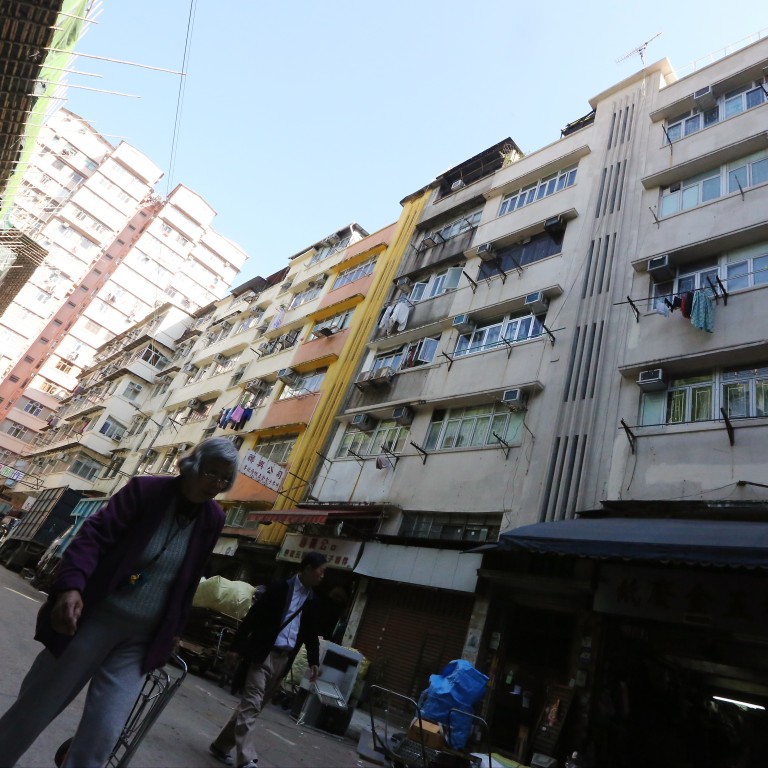
Finding the right balance between heritage and viability
Those who have seen old pictures of Hong Kong are invariably amazed by how much the cityscape has changed.
Those who have seen old pictures of Hong Kong are invariably amazed by how much the cityscape has changed. Decades ago, our streets were still lined with low-rise tenement blocks, with small shops and eateries catering for the needs of the neighbourhood. These Chinese-style walk-up buildings may seem rundown by today's standards. Yet they have added to the city's character over the years. Sadly, few blocks have withstood the inroads of redevelopment; and their full glory can only be found in archives.
Thankfully, another conservation project is under way. After years of planning, the long-overdue Mong Kok revitalisation project is finally lifted from the drawing board. Under the HK$200 million plan, the facade and the front half of a row of grade-two historic buildings along Shanghai Street will be given a facelift. Redevelopment will be carried out at the rear. Four newer blocks dating back to the 1960s are to be demolished and rebuilt to accommodate lifts and other modern facilities for the heritage houses.
Ideally, the whole strip should be fully preserved. But as the Urban Renewal Authority explained, some blocks have structural safety issues. It makes sense to redevelop buildings with lower heritage value and introduce installations and facilities that suit modern needs. Although only two of the 10 pre-war buildings are to be fully preserved, the approach is understandable.
Revitalisation is as much about preserving old character as breathing new life into the neighbourhood. That means commercial viability is inevitable. Regrettably, previous projects suggest the right balance has yet to be struck, with many heritage buildings turned into upscale retail and restaurants catering for those with deep pockets. It is good that the authority plans to turn the shophouses into and small shops rather than big brands, a move aimed at promoting local intangible cultural heritage. It is to be hoped that the project can bring back a piece of our cherished history.

